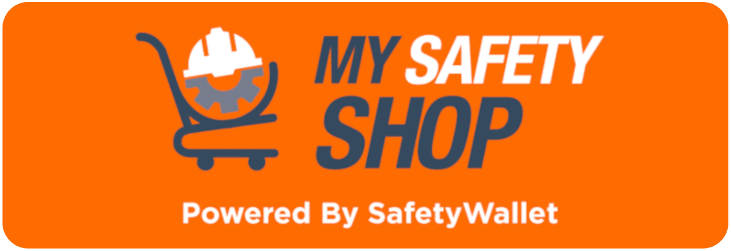Occupational Health and Safety in the workplace entails aspects and factors in the working environment that have the potential of causing illnesses, adverse diseases and injuries. According to the many Acts that govern employment and workplaces, employers have fundamental responsibilities over their employees. One such responsibility is to provide a workplace which is safe and healthy for them to work in and is also without any risk.
When it comes to Occupational Health and Safety, the roles and responsibilities of all parties involved, that are stipulated in the Occupational Health and Safety Act 85 of 1993, must be executed and observed. This is because health and safety is a responsibility of everyone in the workplace. These parties include employers, employees, manufacturers, suppliers and contractors, to mention but a few.
Employees have the responsibility to ensure their own health and safety and must never jeopardise the health and safety of other employees. Manufacturers have the duty to ensure that they provide equipment and products that have datasheets and safe operating procedures information. This will ensure that equipment and products are safely used. Contractors must ensure they abide to the relevant legislation governing the specific activity they are conducting.
MAKROSAFE has been assisting clients for more than 23 years. Contact Us now to assist with your Health and Safety in your Workplace.
For all your Health and Safety needs, click on the picture below:
MAKROSAFE / SAFETYWALLET and MY SAFETY SHOP are in partnership...
Health and Safety compliance to all relevant Acts is the most important aspect of Occupational health and safety in the workplace. A workplace that is compliant to all the relevant Acts can be achieved by the conducting the following:
1. Health and Safety Risk Assessments
A Health and Safety risk assessment helps to identify all workplace health and safety hazards, risks and potential future hazards. A risk assessment must be conducted on all aspects of the workplace including machinery, equipment, working environment, working activities, personal protective equipment etc. Any risk identified must be recorded and rectified to prevent it from turning into an incident that will also turn into an injury or occupational disease. Risk assessments must be conducted in the workplace according to the OHS Act. Companies must ensure that such risk assessments are done by skilled assessors so that accurate results are achieved.
2. Occupational Health and Safety Inspections
Health and Safety Inspections are an important part of maintaining a healthy and safe workplace. Inspections are systematic routine checks conducted to assess if health and safety compliance standards are still met. Inspections can be done internally, externally by inspectors from approved companies or by Inspectors from the Department of Employment and Labour. Non- compliance detected during inspections by the Department of Employment and Labour can constitute to heavy fines or other serious consequences like closure of business.
3. Health and Safety Audits
Health and Safety Audits that are carried out regularly will assist companies in rating their performance in terms of occupational health and safety in their workplace. Audits will enforce the implementation of health and safety control measures in identified areas where improvement is required. Control measures assist in ensuring that high health and safety standards are maintained.
4. Health and Safety Training
Training is also an essential tool of health and safety. Health and Safety Training is a highly emphasized regulation in the Act for many aspects of the workplace. Training should be provided to ensure that employees are educated about their roles and duties. It also equip them with knowledge on how to safely conduct work without contributing or causing incidents and injuries. Some areas where training is demanded by the OHS Act are First Aid, Fire Fighting, Health and Safety Representative and machinery operating. None of the above activities should be conducted without proper training and certification according to the Act.
The above are some of the most important aspects of achieving Occupational Health and Safety Compliance in the workplace. All aspects that will ensure occupational health and safety compliance is met are stated in the Occupational Health and Safety Act 85 of 1993.
MAKROSAFE are specialists in all aspects of Occupational health and safety in the workplace. They have health and safety professionals who have the knowledge and expertise to conduct inspections, risk assessments, audits and also provide accredited training for all health and safety aspects. Contact us today and let us assist you achieve complete and compliant Occupational Health and Safety in the workplace.



Comments (1)
Good day I work in a office setting within a workshop. They constantly use turpentine and weld, these fumes gives me chest pains. I've asked about it and explained that it effects me negatively yet nothing has been done. Please advise?
2023-05-24 12:20:30Dear Angeline Thank you for reaching out and your comment... May I suggest that you discuss this with your appointed Health and Safety Representative... He/she must action this in the Health and Safety committee meeting... A Risk Assessment must be conducted and appropriate control measures to be implemented... One of the control measure would be to have a Hygiene Survey conducted, this will also identify control measures specifically for handling of hazardous chemical substances together with a Task Risk Assessment for Welding... May I suggest that you convince your employer to contact us for assistance with the above processes, here is also a link: https://www.mysafetyshop.co.za/Products/Monthly-Health-and-Safety-Consulting-Services
2023-05-25 08:34:37